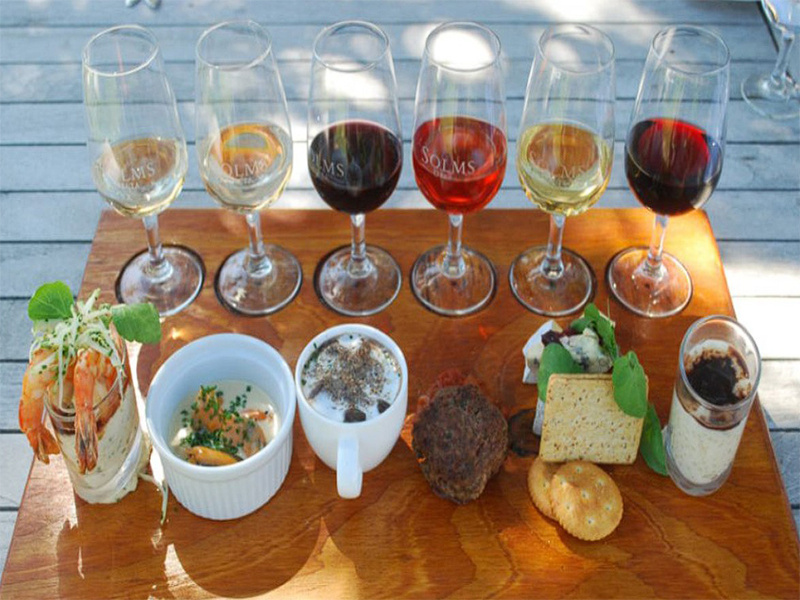 How many things have passed by, and then became new again by some re-inventor that thought “Hey, this was so cool we need to show the world this thing again.”? This happens over and over again, like the swinging of a pendulum. Think about music styles, “retro” fads, and clothing styles. Did any of you ladies ever think that banana purses would come back in style? They look funky cool but really, how do you organize a banana purse? It was extremely frustrating, but you just had to have one.
How many things have passed by, and then became new again by some re-inventor that thought “Hey, this was so cool we need to show the world this thing again.”? This happens over and over again, like the swinging of a pendulum. Think about music styles, “retro” fads, and clothing styles. Did any of you ladies ever think that banana purses would come back in style? They look funky cool but really, how do you organize a banana purse? It was extremely frustrating, but you just had to have one.
 With the back-to-school season upon us, this is a good time to go back to “wine” school and get down to basics; to go back to the root of your wine enthusiasm. Whether you drink wine for sport or edification, it always enriches the experience to get down to the roots. Going back to basics is always a good exercise, to not only enhance your experience, but to refresh the mind and awaken your palate to new experiences.
With the back-to-school season upon us, this is a good time to go back to “wine” school and get down to basics; to go back to the root of your wine enthusiasm. Whether you drink wine for sport or edification, it always enriches the experience to get down to the roots. Going back to basics is always a good exercise, to not only enhance your experience, but to refresh the mind and awaken your palate to new experiences.
 This week’s blog/newsletter is not varietal-, location-, or style-themed. The focus is on some wines being featured this week in-store. Wines you may or may not be familiar with, and possibly turn your head and say, “Hmm, that is a wine to geek out on!”
This week’s blog/newsletter is not varietal-, location-, or style-themed. The focus is on some wines being featured this week in-store. Wines you may or may not be familiar with, and possibly turn your head and say, “Hmm, that is a wine to geek out on!”
 Wine pairing has a rich and fascinating history that spans back to ancient civilizations. The practice of winemaking itself dates back at least 8000 years, with archaeological evidence of wine cellars more than 4000 years old. In ancient Egypt and Rome, wine played a central role in extravagant feasts and social gatherings. While formal wine pairing might not have been a structured practice in those times, it is likely that individuals experimented with various combinations of food and wine to enhance their dining experiences.
Wine pairing has a rich and fascinating history that spans back to ancient civilizations. The practice of winemaking itself dates back at least 8000 years, with archaeological evidence of wine cellars more than 4000 years old. In ancient Egypt and Rome, wine played a central role in extravagant feasts and social gatherings. While formal wine pairing might not have been a structured practice in those times, it is likely that individuals experimented with various combinations of food and wine to enhance their dining experiences.
 “Pavlov’s Dog” started as an experiment by Russian physiologist Ivan Pavlov, who meant to discover how a condition response (a bell ringing) is the result of an unconditioned stimulus (food). The tool? The poor dog that hears the bell and immediately salivates whether or not he is presented with food. He went on to prove that these responses also occur in humans.
“Pavlov’s Dog” started as an experiment by Russian physiologist Ivan Pavlov, who meant to discover how a condition response (a bell ringing) is the result of an unconditioned stimulus (food). The tool? The poor dog that hears the bell and immediately salivates whether or not he is presented with food. He went on to prove that these responses also occur in humans.
 How many things have passed by, and then became new again by some re-inventor that thought “Hey, this was so cool we need to show the world this thing again.”? This happens over and over again, like the swinging of a pendulum. Think about music styles, “retro” fads, and clothing styles. Did any of you ladies ever think that banana purses would come back in style? They look funky cool but really, how do you organize a banana purse? It was extremely frustrating, but you just had to have one.
How many things have passed by, and then became new again by some re-inventor that thought “Hey, this was so cool we need to show the world this thing again.”? This happens over and over again, like the swinging of a pendulum. Think about music styles, “retro” fads, and clothing styles. Did any of you ladies ever think that banana purses would come back in style? They look funky cool but really, how do you organize a banana purse? It was extremely frustrating, but you just had to have one. 



